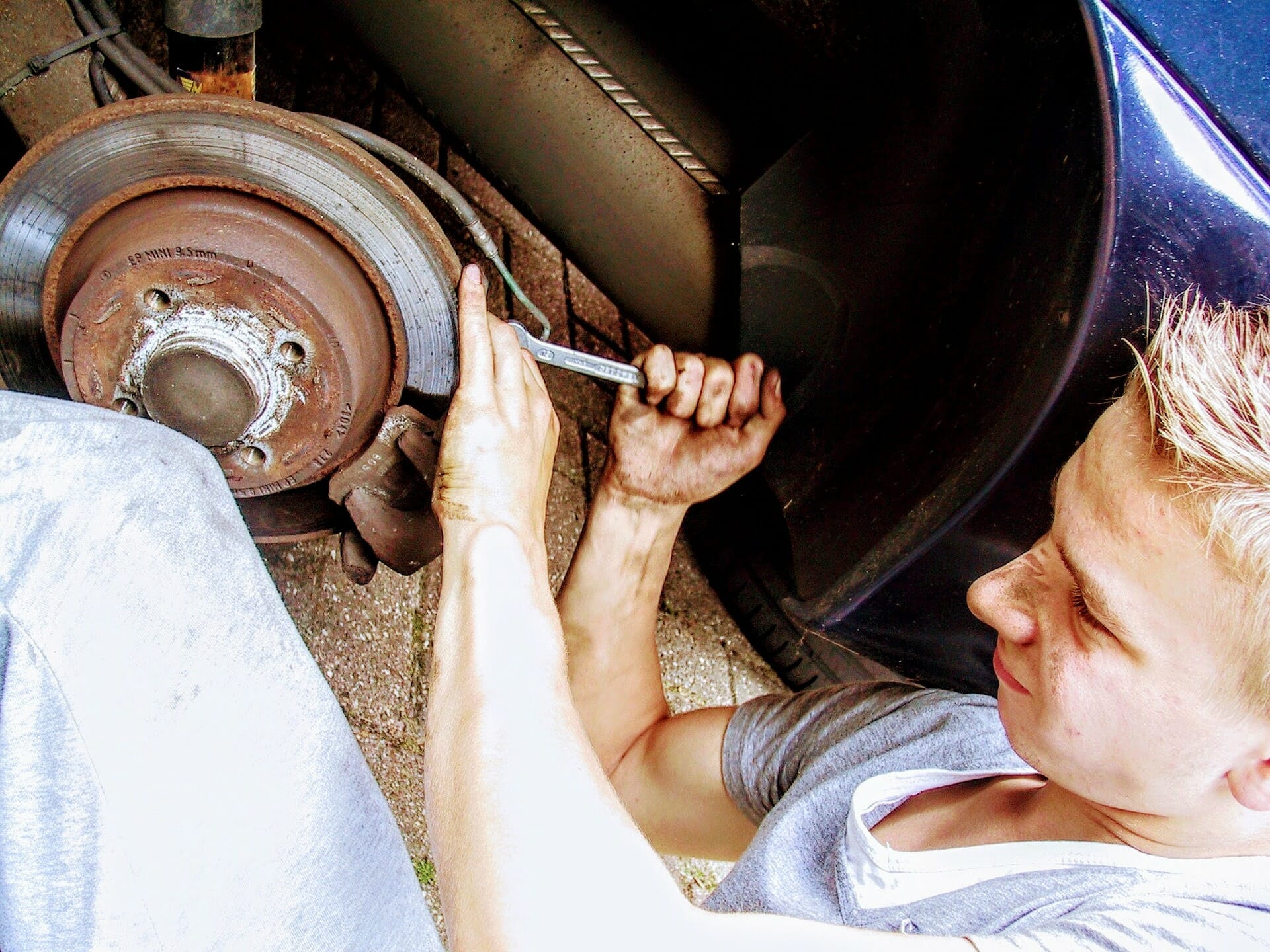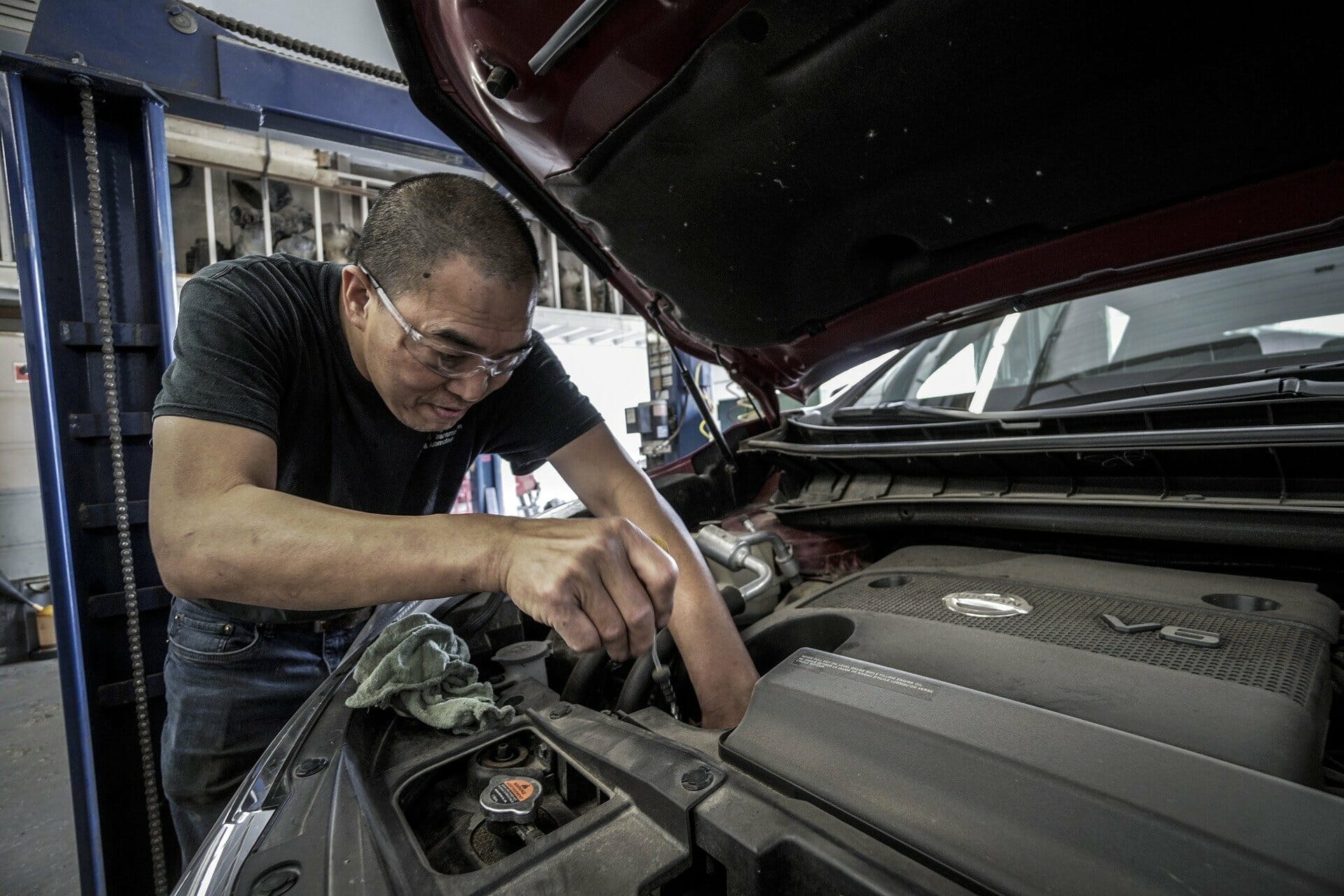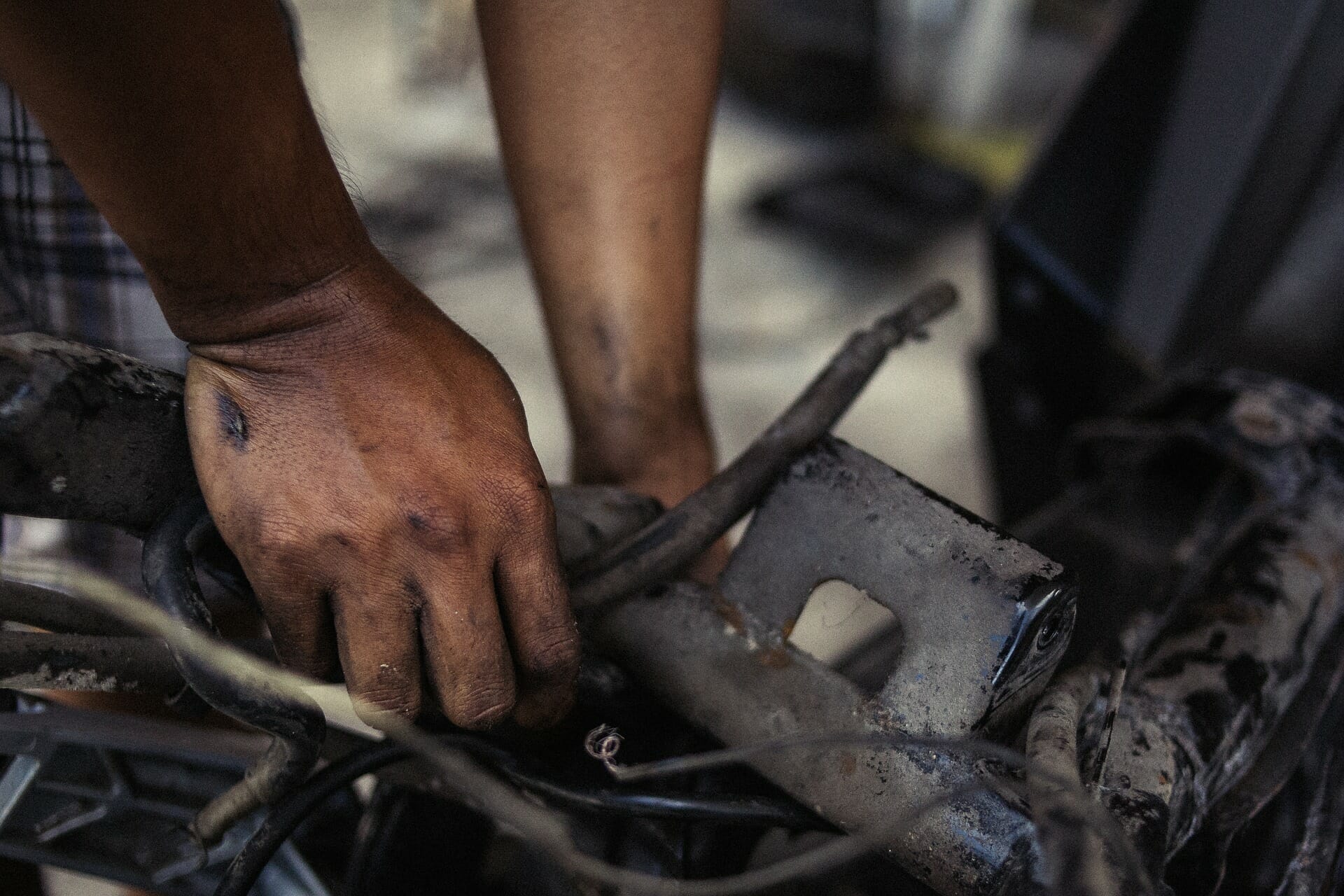Resiliency in Unprecedented Times: What Does the Future Hold for the Automotive Aftermarket?
Chris Crean / SVP Sales and Marketing, Brenton Productions
During a recent interview with hosts Kevin Byrd and Willie B on the Two Guys Garage Podcast, President and CEO of SEMA Chris Kersting referred to a SEMA News Magazine article that asked the question, “Does the industry have five years left?”
Kersting chuckled as he explained, “That magazine article is from 1973!”
That comment struck a chord with me. The resiliency of the $45 billion automotive aftermarket is difficult to understate; it seems to have a pattern of not just withstanding challenging times, but thriving in spite of them. We saw this during the financial crisis of 2007-2008 – while new car sales dropped in North America from 17 million cars sold annually to 10 million, the auto parts aftermarket actually grew 1.1%. When the American economy recovered, the industry bounced back to pre-recession levels and better.
So how will the aftermarket fare in the years following the COVID-19 pandemic? Between speaking with automotive aftermarket businesses and digging into industry research, I believe the answer may prove to be surprisingly positive.
Earlier this year SEMA compiled a detailed 48-page “Future Trends” document citing a variety of sources with three possible scenarios for 2021 and beyond. These include the Optimistic Scenario, the Pessimistic Scenario and the Projected Scenario.
SEMA’s researchers think the Projected Scenario is the most likely path forward, with three years for full economic recovery, and the country reaching full employment again near the end of 2023 or early 2024. In this scenario, most if not all restrictions will have been lifted by late 2021 or early 2022, and government stimulus and fiscal support prevents a double-dip recession in early 2021.
SEMA pegged the Optimistic Scenario at 20% probability, with an outcome of industry sales jumping 10% from 2019 to reach $50.9 billion in total sales in 2023. This scenario sees just two to three years for full recovery of the economy, with the country reaching full employment by end of 2022.
But from my point of view, the ability of the automotive aftermarket to bounce back isn’t solely attributed to the factors in these projections. This industry is driven not just by a material need for parts, goods, and tools; but by a shared passion for what we can use them to build. In other words, I believe the culture of the automotive aftermarket plays an important factor – despite the losses and trauma caused by this global event, the resiliency of the people who make up the automotive aftermarket is truly remarkable.

Short-Term Effects of DIY and DIFM Customer Needs
On the DIY (Do-It-Yourself) side of the industry, weekend warriors are cleaving to hobbies as a source of strength, calm and peace – and some manufacturers find they cannot ship product fast enough.
“For people in the hobby, love supersedes COVID,” says LMC Truck President Becky Hanrahan. During the last year, LMC Truck has been extremely busy shipping original equipment, reproduction and high-performance parts.
“When COVID hit, we were ready to super-serve our customers,” observes Hanrahan. “And later, when the stimulus checks went out, people got to work on their projects, and we were slammed!”
Noting how the company finds its true passion in helping enthusiasts restore and maintain their pride and joy, “we take this responsibility seriously,” she adds, “because there’s nothing more important to us than keeping generations on the road.”
On the DIFM (Do-It-For-Me) side, some Americans are putting more wear and tear on their vehicles as they now prefer road trips to public transit and air travel. According to SEMA’s market research, Americans consider their personal car the safest form of travel. (How many of us decided to go “off the grid” for a socially-distanced vacation in the past year – whether camping, off-roading, or RVing?) While some consumable categories, such as motor oil and tires, have struggled during the pandemic, the increased desire to travel long distances by car points to a potential increased demand for replacement auto parts as well as consumables.

What’s Down the Road
Many if not most of the auto aftermarket manufacturers that I work with have indicated that they only expect short-term impacts from the pandemic on their overall business. As we look forward, there are questions about how a positive economic and post-virus recovery might reverse these impacts once people begin to travel, go to restaurants and attend sporting events, as opposed to spending time in their garages.
But there will likely be quite a few positive long-term effects for the aftermarket, in how people will live and interact post-COVID.
For starters, the pandemic has shown us that working from home, at least part-time, is absolutely the wave of the future. With less hours spent commuting, it’s reasonable to think that hobbyists will invest more time in the hobby.
Dr. Jamie Meyer, President of PRI, sees many silver linings.
“When we were locked down, hobbies that bring the family together were huge. Activities we did as kids such as camping, biking and getting to work on dormant automotive projects were revitalized.”
During this period, Dr. Meyer and his team got busy creating programs that will endure post-pandemic, including the “PRI Road Tour,” where his team visited motorsports businesses from coast to coast while collecting, generating, and distributing content to help promote the racing community.
“We went on the road for 77 days and showed the world what PRI is all about,” says Dr. Meyer.
Another PRI breakthrough was “The Ambassador Program” that helped the racing industry return to business amidst the COVID-19 shutdown.
“Race tracks play a vital role within the industry, so it’s imperative that we help them reopen as soon as possible,” says Dr. Meyer. “With the PRI Ambassador Program, we are committed to connecting with and helping as many tracks as possible by using Touchless Technology including Online Sales, apps with race info, and implementing new protocols such as Pod Seating.”

Shifting Gears
The Automotive Aftermarket is singularly unique and has an energy and attitude all its own. If you haven’t met the people that constitute this world, you should make an effort to remedy that. The industry is built on the passion, drive and resiliency of dynamic (and dare I say headstrong) pioneers, inventors, entrepreneurs, hobbyists, artists and mavericks.
I am fortunate to have been welcomed into this community and I greatly value the friendships, partnerships and good times I’ve enjoyed with these accomplished men and women whom I greatly admire. My money is all in on the “Optimistic Scenario”!
0 Comments